14 Popular Vacation Spots Ruined by Visitors
Besides the ability to see and learn about other places, traveling is a way to relax, relieve stress and enjoy natural and man-made creations.
Sadly, a glut of visitors is unknowingly destroying some of these tourist sites. Here are 14 of the most popular attractions worldwide overrun by tourists.
India: The Taj Mahal
This historical landmark is one of the most important places in India. With over 4.4 million tourists per year, the Taj Mahal is slowly deteriorating due to severe overcrowding.

Source: AkiraDesignHouse/Pinterest
To reduce the number of visitors, the government increased the price of tickets and charged extra for those who took too long. However, this tactic did not stop people from visiting.
Pig Island, Bahamas
This tropical locale in the Bahamas is located on Big Major Cay. Although not very big, the island receives over six million tourists annually—most of whom are there to witness its pig beach.

Source: Ci/Pinterest
This island is mainly inhabited by pigs, from cute little pot-bellied piglets to their big mothers. However, the constant inflow of visitors has caused pollution and the demise of some of these swine.
Venice, Italy
Venice, the capital of the Veneto region, is a very unique place. Its houses and buildings are connected by waterways. Venice has nicknames like “The Floating City” and “The City of Canals.” It receives about 5.5 million tourists annually.
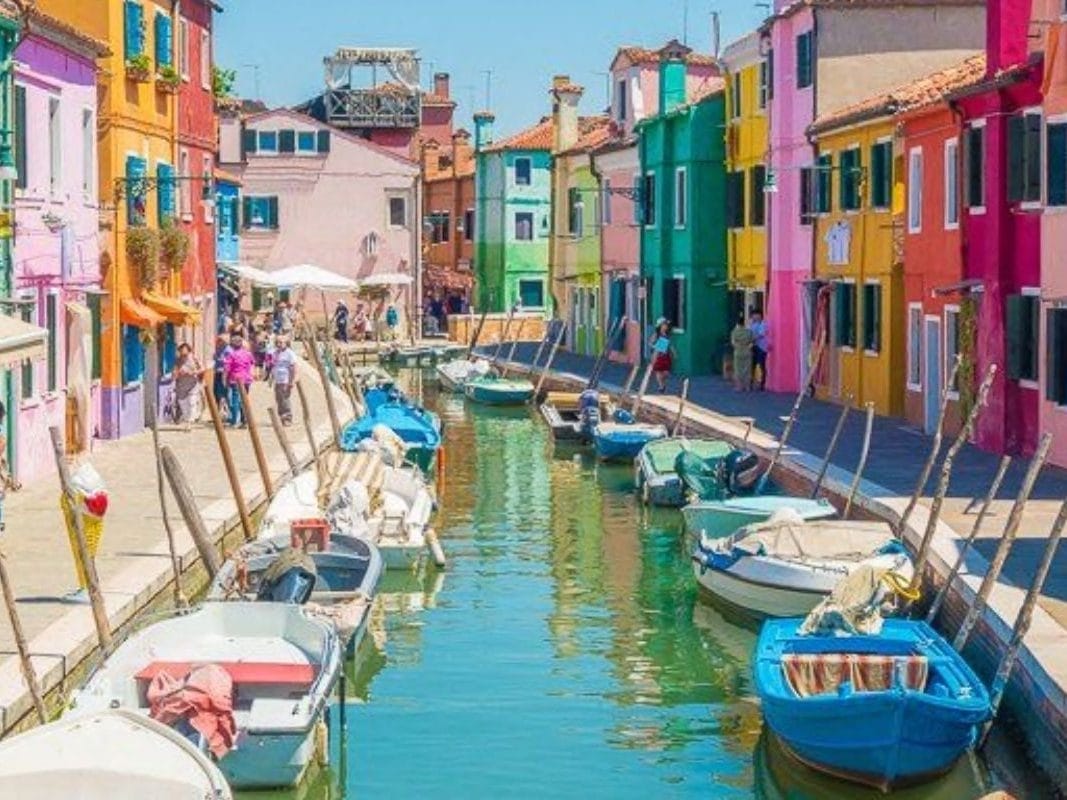
Source: AmandaGreen/Pinterest
Although it is a boost to their economy, these tourists cause pollution and give the locals a tough time. As the tourism industry grows, transportation and local services will only become more strained.
Jordan: Petra
Petra is a religious symbol and the most visited tourist attraction in Jordan. It showcases historically significant temples built among sandstone cliffs, and attracts more than one million visitors annually.
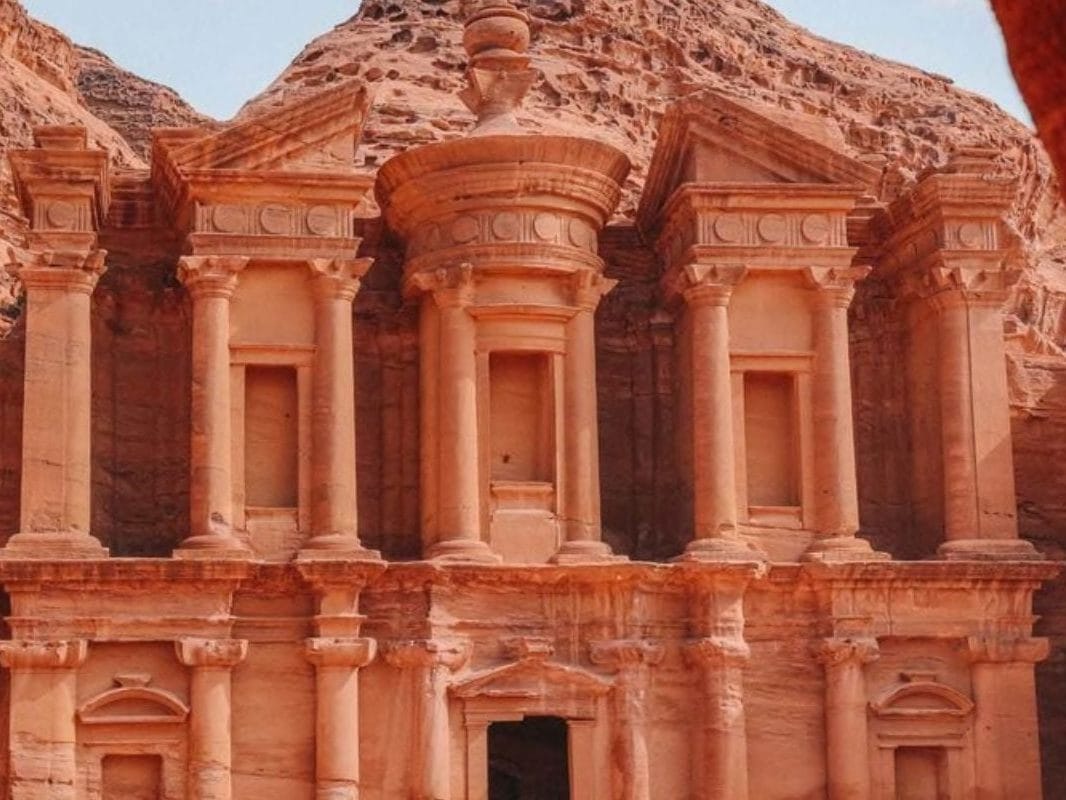
Source: HandLuggageOnly/Pinterest
The ever-growing influx has a negative impact on the sacred site—the large number of people pacing the grounds has started affecting the delicate soil of the area.
Bali, Indonesia
When we think of Bali, beautiful, peaceful, and serene images come to mind. It is a place where visitors can have a deep-rooted connection to Mother Nature. The locals’ culture is also an attraction on its own.
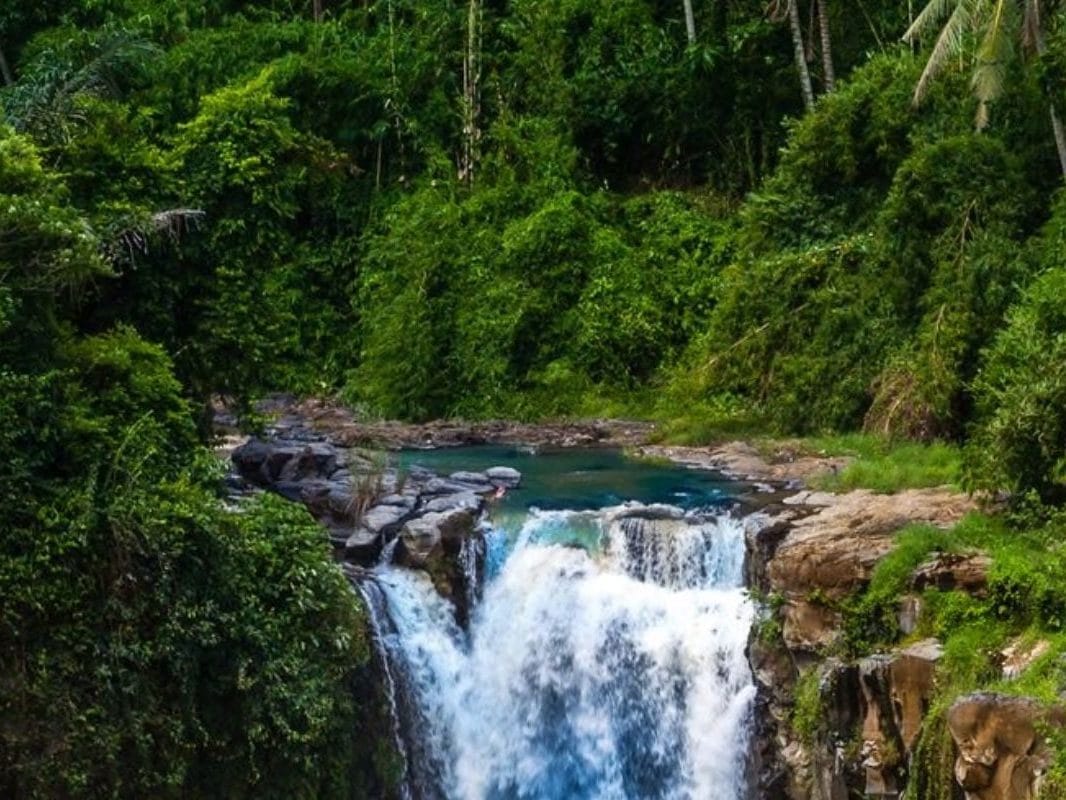
Source: Everycome/Pinterest
Bali receives about 6.3 million tourists annually. Some people say lately the place has lost its magical touch, believing its cultural and spiritual aura is depleting.
Cozumel, Mexico
Cozumel is situated off the coast of the Mexican mainland in the Caribbean Sea. It is surrounded by clear blue water and offers fantastic attractions. Despite a total population of about 100,000 people, the island receives over four million tourists each year.
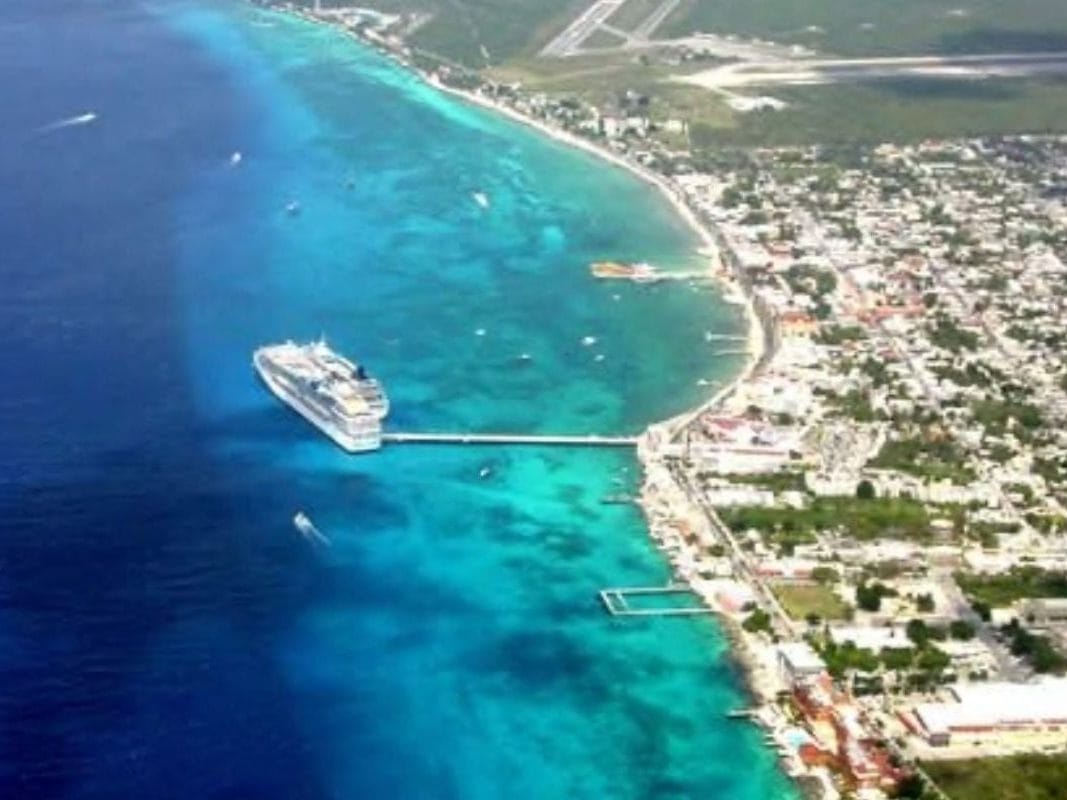
Source: Visitroo.com/Pinterest
Since the ratio of visiting tourists to inhabitants is so high, there are numerous benefits to the local economy. However, the effect of the tourists can be seen in the rate at which animals, plants, and the coral reef are becoming endangered.
Nepal: Mount Everest
Mount Everest is the highest mountain above sea level on Earth. It is located between the borders of Nepal and China. About 1,000 mountain climbers visit this place every year. Although compared to other tourist attractions this figure seems small, the visitors’ activities have significant effects on the mountain.
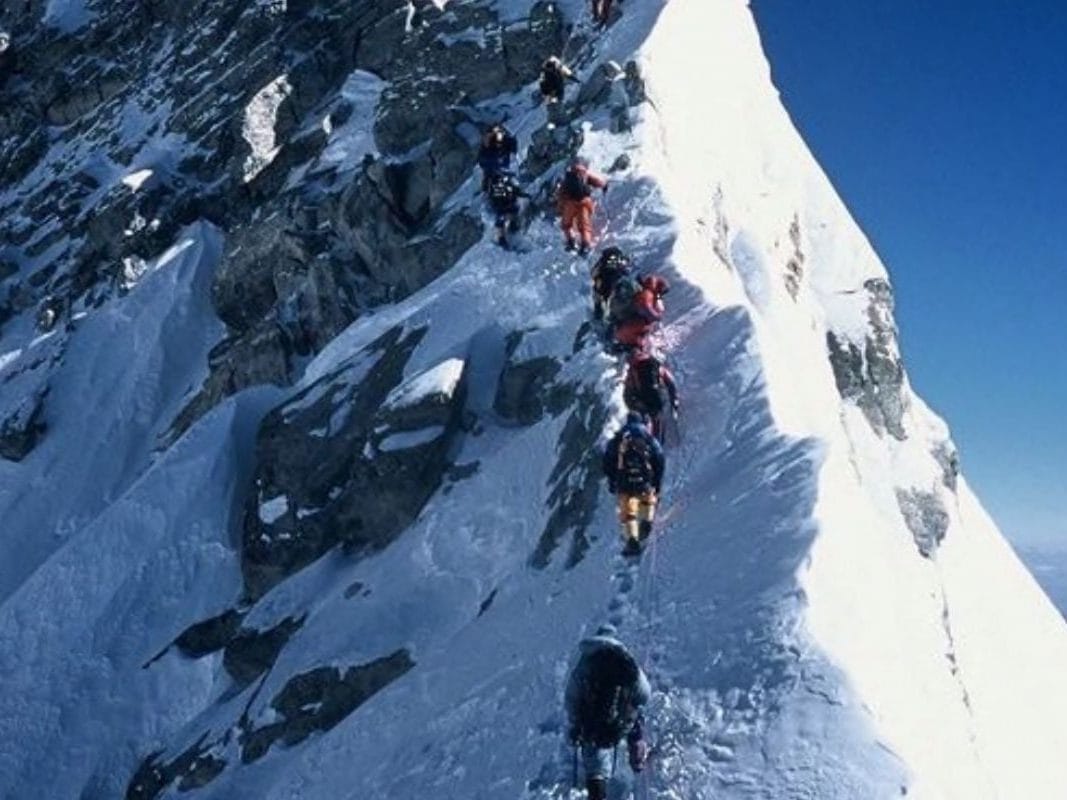
Source: GaneshGiri/Pinterest
Even the most organized team of climbers is likely to leave trash behind, either used oxygen tanks or food wrappers. Human movements can also set off avalanches.
Nevada, US: Burning Man
The Burning Man festival celebrates art, self-reliance, self-expression, and the feeling of belonging to a community. Founded by Jerry Law, Larry Harvey, and Jerry James, it is a nine-day annual event that takes place in Nevada’s rocky desert.

Source: BoredPanda/Pinterest
At first it was a modest event, but now hosts over 80,000 people. Throwing this festival costs about $5 to $10 million per year, with a huge percentage going into cleanup because the event significantly affects the desert.
Peru: Machu Picchu
Machu Picchu is a 15th-century Inca citadel in the Andes Mountains in Peru. Situated more than 7,000 feet above sea level, it is just above the Urubamba River valley.
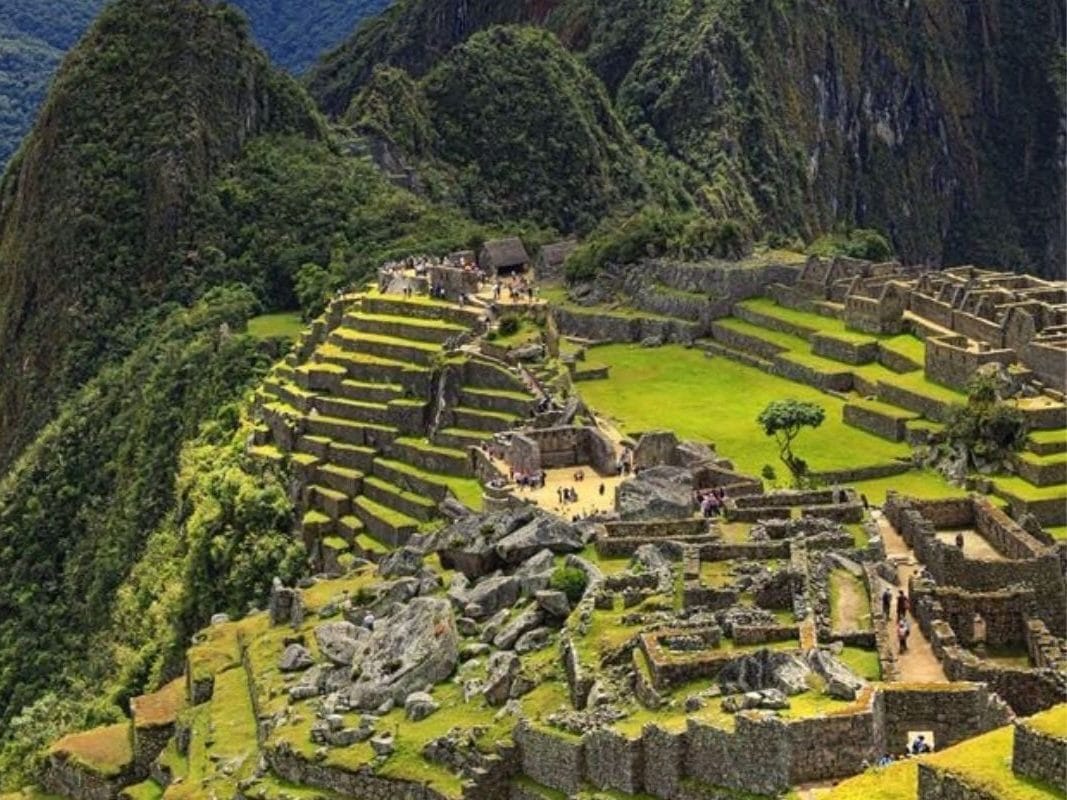
Source: SaritaStahl/Pinterest
The historical site is known for its stylish dry-stone walls that fuse large blocks without cement or mortar. It was named one of the New Seven Wonders of the World in 2007. Over 500,000 people visit this historical site annually. Some of these visitors cause serious damages that are difficult and expensive to repair.
Antarctica: The World’s Coldest Place
Did you know that Antarctica is the home to the world’s largest iceberg and the southern-most active volcano? It is also the biggest single mass of ice in the world. This wonderous place receives 78,500 visitors annually.

Source: HelenaBradbury/Pinterest
The tourists cause pollution and can unknowingly bring seeds and plants from other places. These imports can cause a negative shift in the continent’s ecosystem. Antarctica also witnesses air and oil pollution from cruise ships.
The Great Wall of China
The Great Wall of China was constructed during the Ming Dynasty, taking all 276 years in power to build. It has a total length of 5,500 miles. It is also one of the New Seven Wonders of the World.

Source: BuzzFeed/Pinterest
A fun fact is that it takes about 18 months to walk the length of the wall. Over 10 million people visit this ancient site per year, and sadly, some of these tourists vandalize the sites. To curb this behavior, the Chinese government blacklists tourists caught in the act.
Komodo, Indonesia
Komodo is a small island in Indonesia. The land mass is home to rich unexplored marine life, many hiking routes, and a relaxing one-of-a-kind pink beach. To top it all, the island’s major inhabitant is the world’s largest lizard, the Komodo dragon.
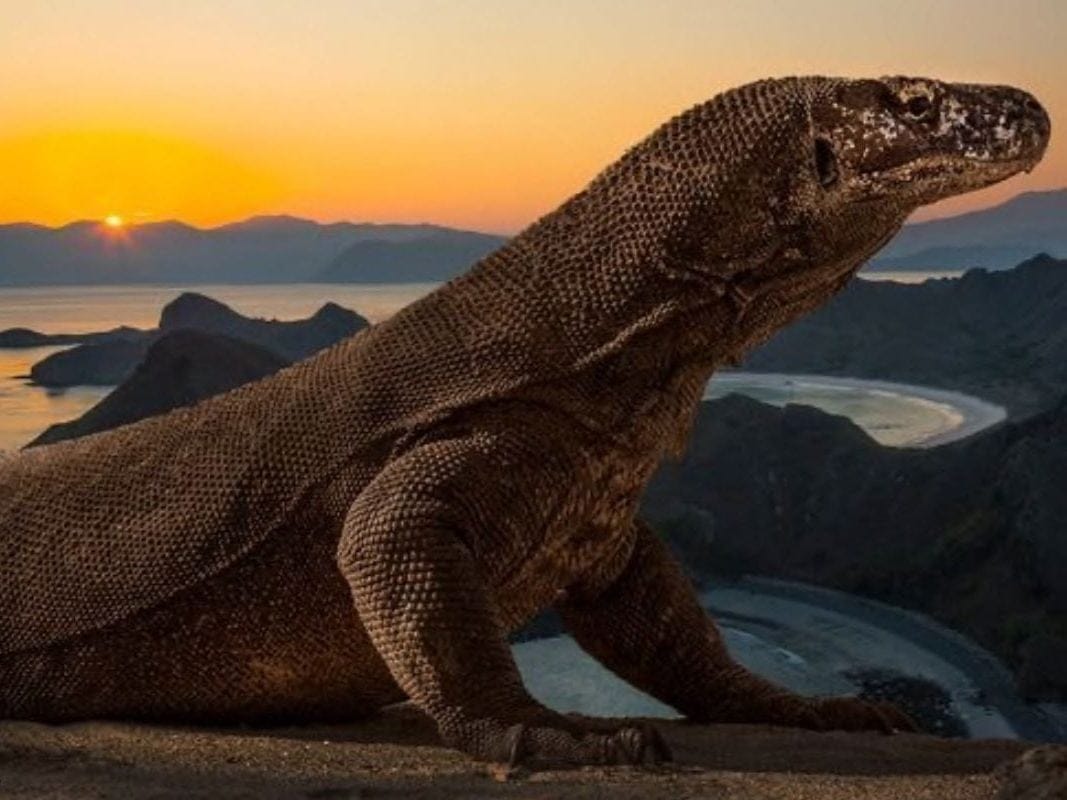
Source: YouPics/Pinterest
With its big reputation, Komodo used to be visited by many tourists, but the government had to restrict the amount to 50,000 per year. This measure was taken for the sake of the locals and the endangered lizards.
Egypt: The Pyramids of Giza
The Pyramids of Giza are also one of the New Seven Wonders of the World. These pyramids are the largest and most significant pyramid structures on the planet. This historical site is one of the most visited, with about 14.7 million visitors annually.
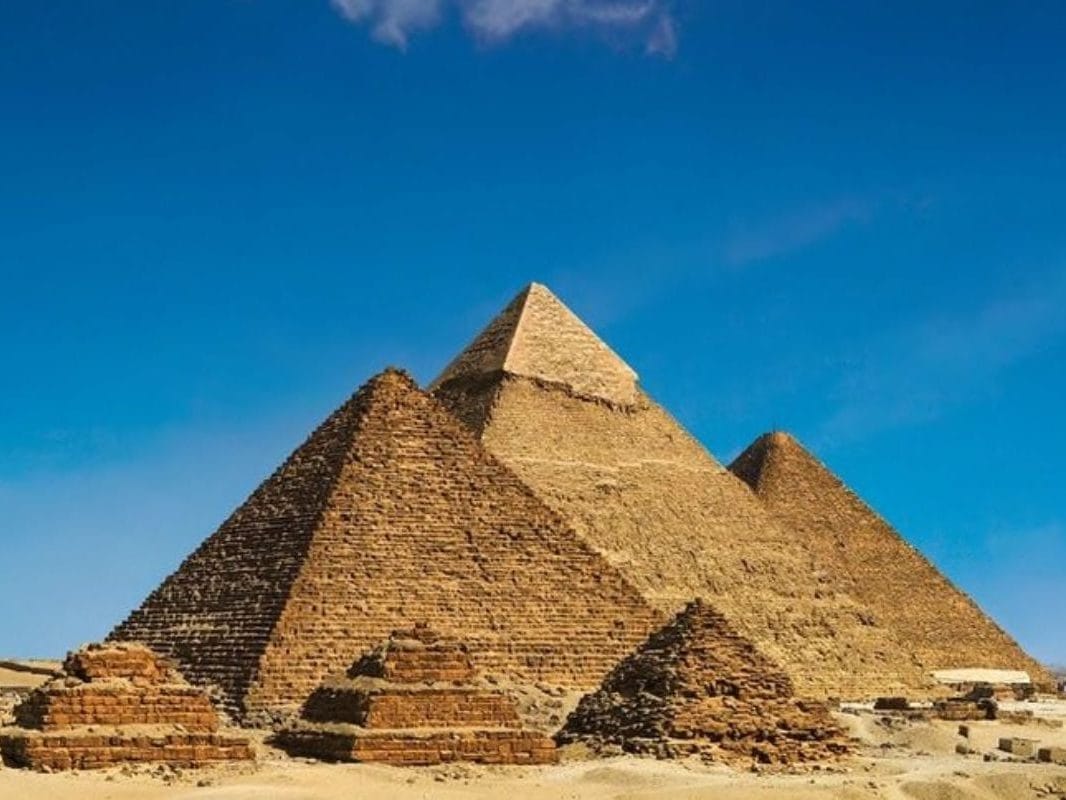
Source: ArchitecturalDigest/Pinterest
Unfortunately, many tourists unknowingly damage the structures by touching or rubbing up against the walls. Even the moist air they exhale along the passageways is damaging—it wears out the paintings and other art collections in the pyramids.
Italy: The Colosseum of Rome
Located in the heart of Rome, Italy, the Colosseum is the largest theater in the world. A series of earthquakes initially damaged a part of the structure, and it was ruined further by neglect.
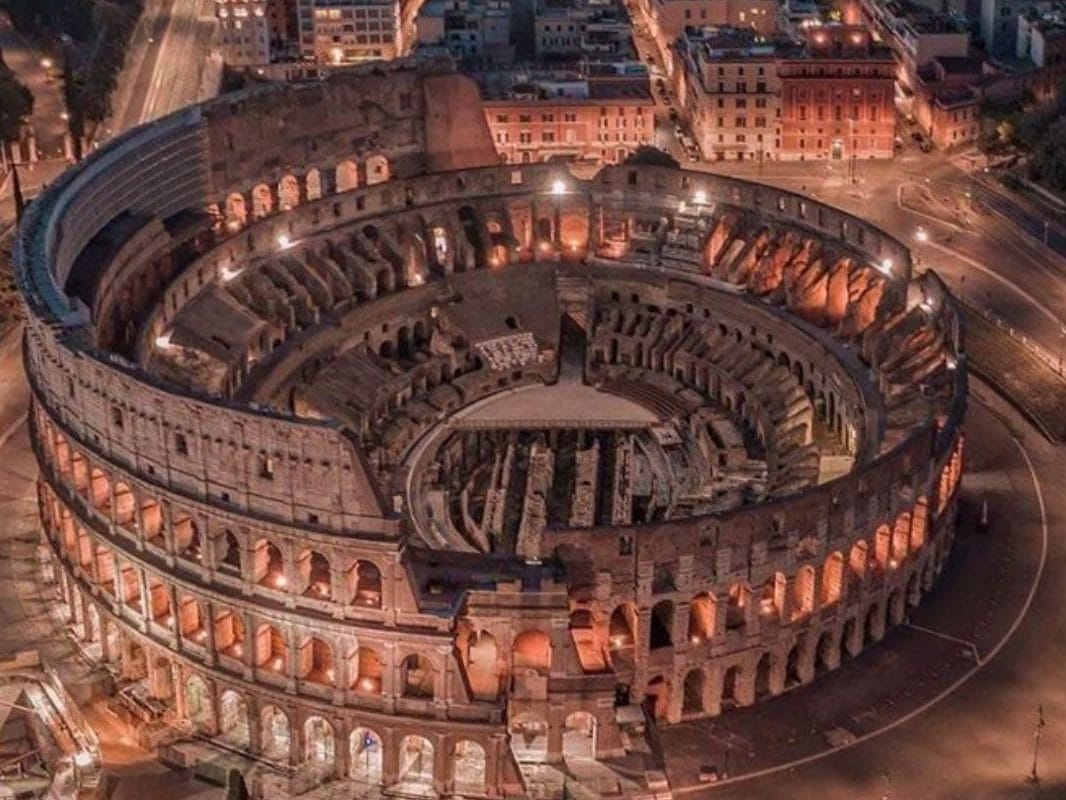
Source: BoemTravelPhotography/Pinterest
With a yearly influx of six million tourists, this historical site is continuously on the verge of ruin. To reduce this effect and also to avoid break-ins, the Roman government restricted some parts from the public.
